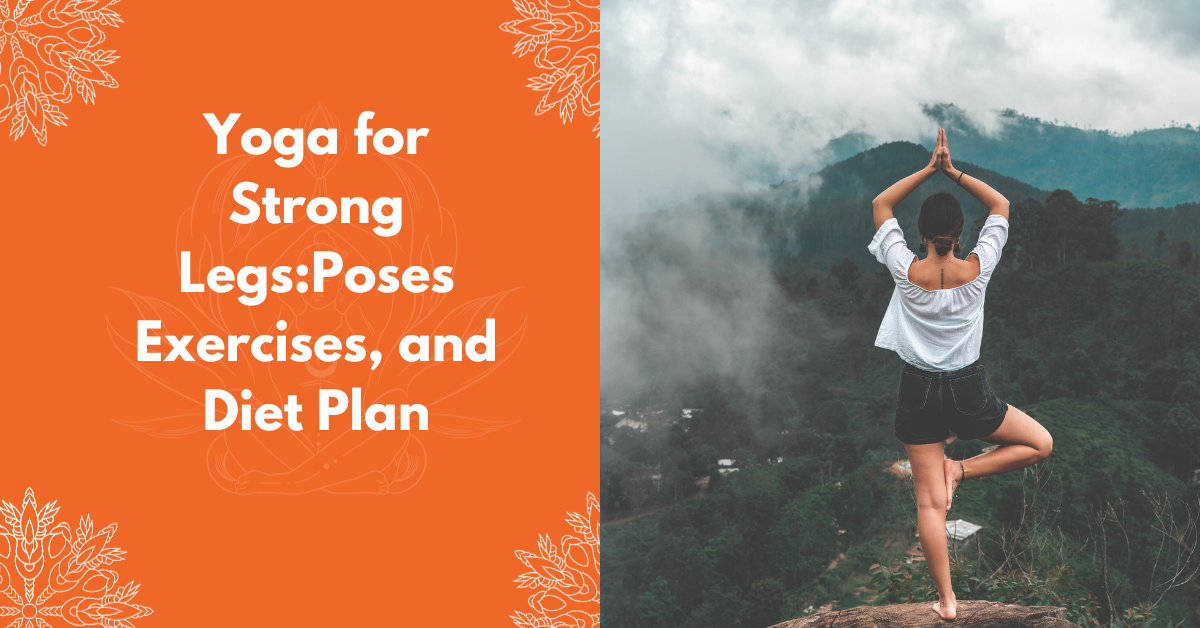
Yoga for Strong Legs: Poses, Exercises, and Diet Plan
Yoga for Strong Legs are the foundation of a healthy body. Whether you’re an athlete, a fitness enthusiast, or simply looking to improve your overall well-being, having strong legs is essential. While traditional strength training exercises can certainly help build leg strength, yoga offers a unique and holistic approach to achieving strong and toned legs.
Yoga is not just about flexibility and relaxation; it can also be a powerful tool for building strength, especially in the legs. Yoga postures (asanas) engage various muscle groups, improve balance, and enhance flexibility—all of which contribute to leg strength.
Moreover, yoga offers a low-impact, joint-friendly approach to strength building, making it suitable for individuals of all ages and fitness levels.
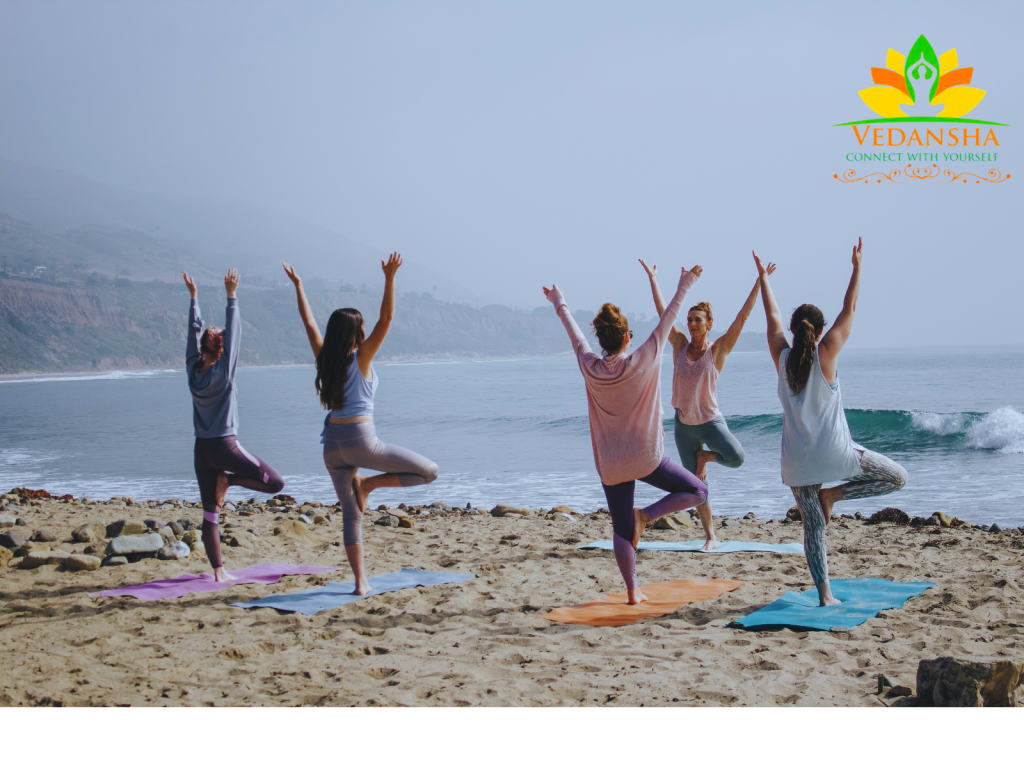
Benefits of Yoga for Leg Strength:
Before we delve into the specific yoga poses, let’s take a moment to understand why yoga is an excellent choice for strengthening your legs:
1. Balanced Strength:
Yoga poses focus on both major muscle groups and often incorporate isometric contractions, ensuring balanced leg strength.
2. Improved Flexibility:
Yoga stretches and lengthens the leg muscles, improving flexibility and reducing the risk of injury.
3. Enhanced Balance and Stability:
Many yoga poses require you to balance on one leg, which enhances stability and proprioception (awareness of your body in space).
4. Joint Health:
Yoga is gentle on the joints and can alleviate discomfort associated with joint issues, allowing for consistent leg training.
5. Mental Clarity:
Yoga’s meditative aspect can help reduce stress, anxiety, and enhance your mental focus, which can be beneficial for overall fitness.
Now that we understand the advantages let’s dive into the specific yoga exercises that can help you achieve strong legs.
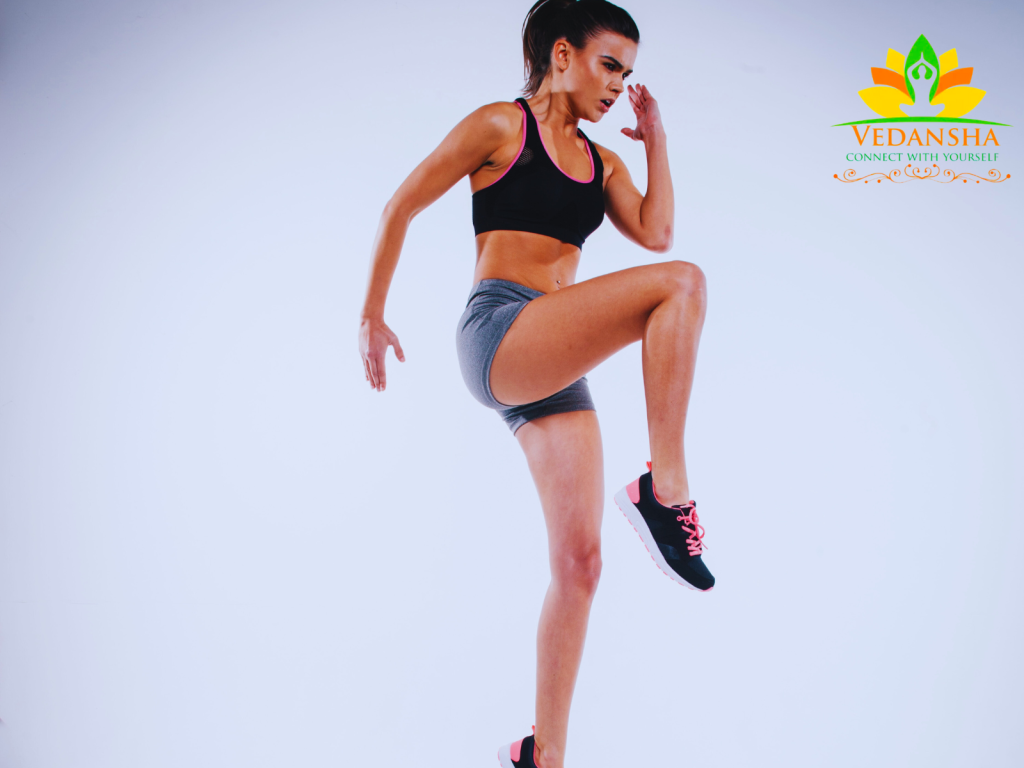
Best Yoga Exercises for Strong Legs:
1. Virabhadrasana II (Warrior II Pose):
Warrior II is a dynamic standing pose that strengthens the quadriceps, hamstrings, and calf muscles. Here’s how to do it:
Technique:
- Begin in a standing position, then step your feet wide apart.
- Turn your right foot out 90 degrees and your left foot in slightly.
- Bend your right knee to a 90-degree angle, keeping your left leg straight.
- Extend your arms parallel to the floor, with your gaze over your right fingertips.
- Hold for 30 seconds to 1 minute, then switch sides.
Tips:
- Keep your knee aligned over your ankle.
- Engage your core for stability.
- Relax your shoulders and breathe deeply.
Benefits:
- Strengthens the legs, especially the quadriceps.
- Improves hip flexibility.
- Enhances concentration and focus.
2. Utthita Parsvakonasana (Extended Side Angle Pose):
This pose is excellent for strengthening the legs and stretching the groins and hamstrings.
Technique:
- Start in Warrior II pose with your right knee bent.
- Lower your right hand to the floor on the inside of your right foot.
- Extend your left arm overhead, creating a straight line from your left heel to your fingertips.
- Hold for 30 seconds to 1 minute, then switch sides.
Tips:
- Keep your back leg strong and engaged.
- Press the outer edge of your back foot into the mat.
- Maintain a straight line from your left heel to your fingertips.
Benefits:
- Strengthens and tones the legs.
- Stretches the side body and hamstrings.
- Improves balance and stability.
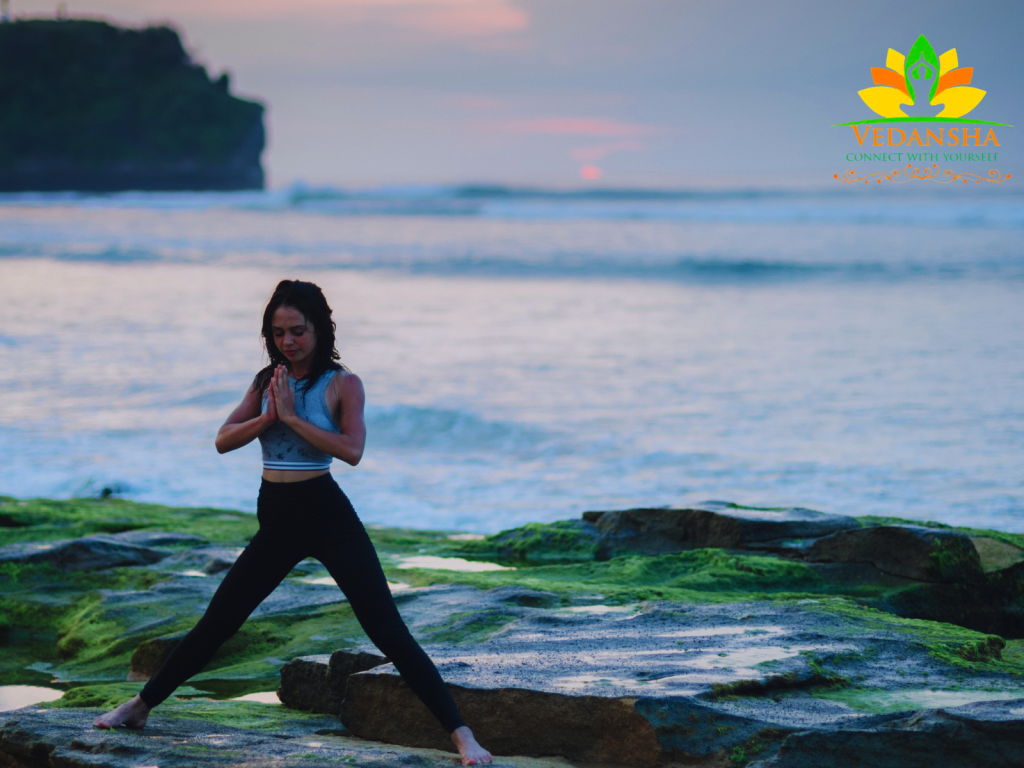
3. Virabhadrasana III (Warrior III Pose):
Warrior III is a challenging balance pose that targets the legs, core, and glutes.
Technique:
- Begin in Mountain Pose (Tadasana).
- Shift your weight onto your right foot.
- Lift your left leg behind you, parallel to the floor.
- Simultaneously, extend your arms forward, keeping them in line with your body.
- Maintain a straight line from your fingertips to your toes.
- Hold for 30 seconds to 1 minute, then switch sides.
Tips:
- Engage your core to stabilize your posture.
- Keep your hips level.
- Find a focal point for balance.
Benefits:
- Strengthens the legs, core, and glutes.
- Enhances balance and coordination.
- Tones the entire body.
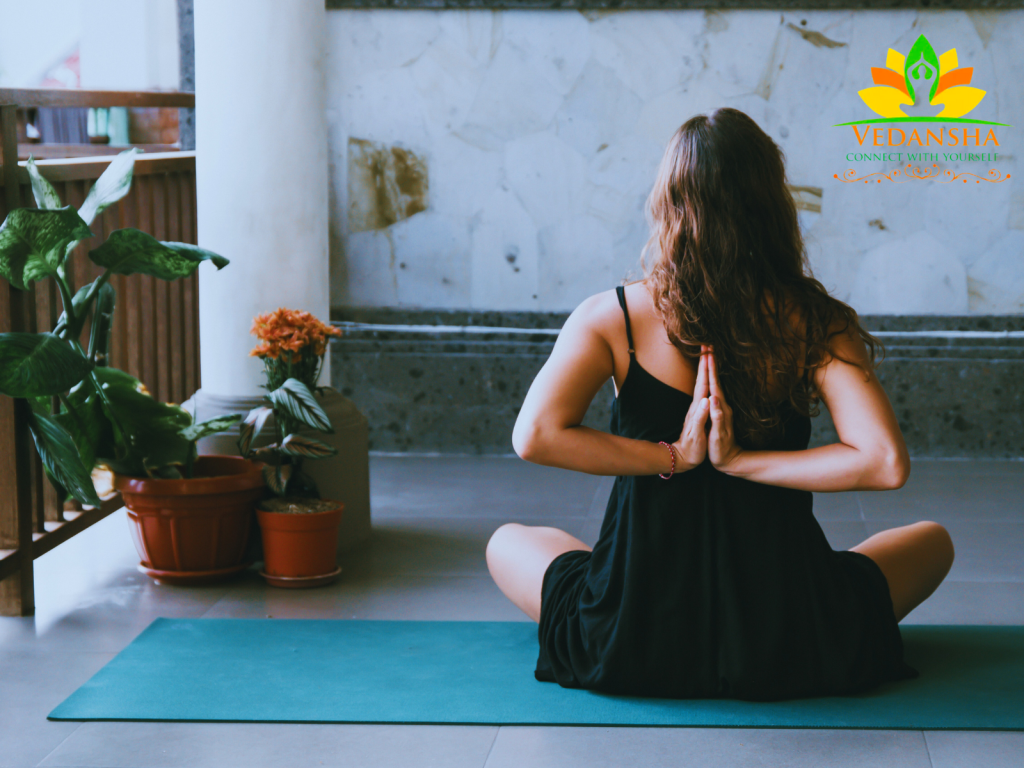
4. Malasana (Garland Pose):
Malasana, also known as the Garland Pose, is excellent for strengthening the leg muscles, especially the quadriceps.
Technique:
- Begin in a standing position with your feet hip-width apart.
- Squat down, lowering your hips toward the floor.
- Bring your palms together at your heart center.
- Use your elbows to press your knees outward.
- Hold for 30 seconds to 1 minute.
Tips:
- Keep your heels on the floor if possible.
- Lengthen your spine and keep your chest lifted.
- Engage your core for stability.
Benefits:
- Strengthens the quadriceps and calf muscles.
- Improves hip flexibility.
- Aids in digestion and posture improvement.
5. Adho Mukha Svanasana (Downward-Facing Dog Pose):
While Downward Dog is a full-body stretch, it engages the legs, particularly the calves and hamstrings.
Technique:
- Start on your hands and knees in a tabletop position.
- Push your hips up and back, forming an inverted V shape with your body.
- Press your heels toward the floor while keeping your knees slightly bent.
- Lengthen your spine and relax your head.
- Hold for 30 seconds to 1 minute.
Tips:
- Spread your fingers wide for better stability.
- Focus on lengthening your spine and pushing your hips up and back.
- Engage your core for support.
Benefits:
- Stretches and strengthens the legs.
- Relieves tension in the upper body.
- Improves overall flexibility.
6. Anjaneyasana (Low Lunge):
This pose targets the hip flexors and quadriceps, providing a deep stretch and strengthening effect.
Technique:
- Begin in a Downward-Facing Dog.
- Step your right foot forward between your hands.
- Lower your left knee to the floor.
- Sink your hips forward and down, keeping your front knee directly above your ankle.
- Lift your arms overhead.
- Hold for 30 seconds to 1 minute, then switch sides.
Tips:
- Keep your pelvis level and sink deeper into the stretch.
- Engage your core to protect your lower back.
- Reach your arms up and back slightly to open the chest.
Benefits:
- Strengthens the quadriceps and hip flexors.
- Improves hip flexibility.
- Relieves tension in the hip area.
Now that you have a list of powerful yoga poses to strengthen your legs, it’s essential to practice them mindfully and with proper technique. Additionally, let’s
explore some tips and precautions to ensure you get the most out of your yoga practice while preventing injuries.
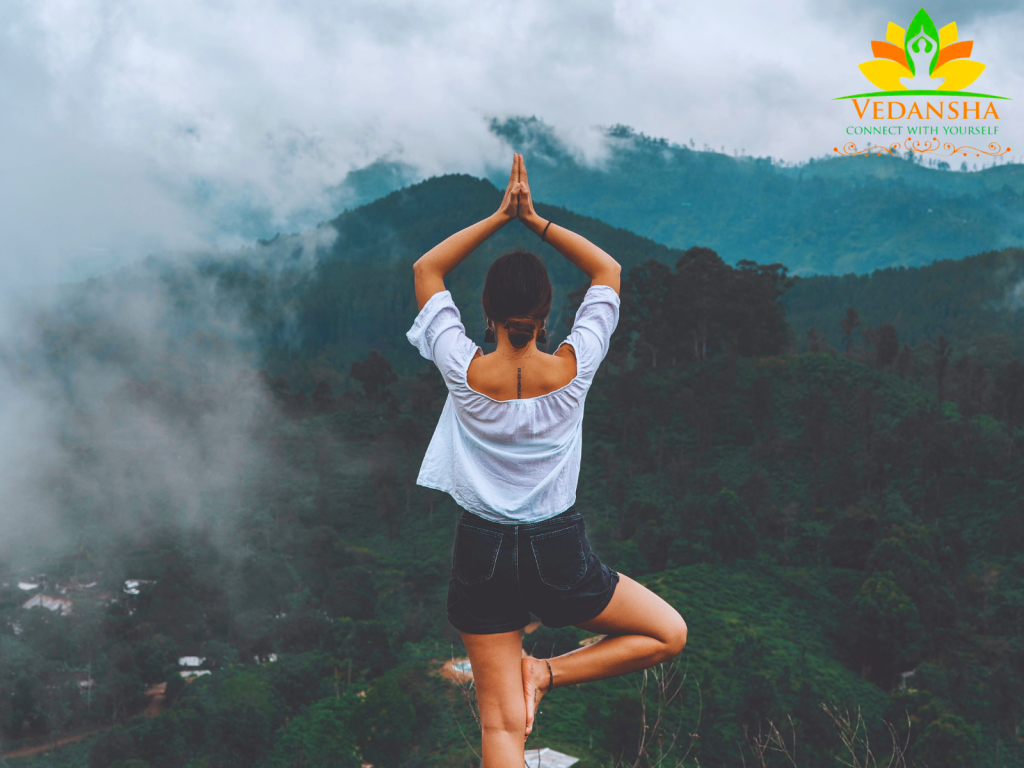
Tips and Precautions for Yoga Practice:
1. Warm-Up Adequately:
Before diving into your yoga practice, warm up your body with some gentle stretches or light aerobic exercises. A warm body is more flexible and less prone to injury.
2. Use Props:
Yoga props like blocks and straps can assist in achieving proper alignment and depth in poses. They are especially helpful if you’re a beginner or working with physical limitations.
3. Listen to Your Body:
Yoga is about mindful movement. If a pose feels uncomfortable or painful, modify it or skip it altogether. Never force yourself into a position that doesn’t feel right.
4. Maintain Proper Alignment:
Alignment is crucial in yoga. Pay attention to the alignment cues given by your instructor or follow a reliable source for guidance. Proper alignment ensures an effective and safe practice.
5. Breathe Mindfully:
Coordinate your breath with your movements. Deep, controlled breathing can enhance your practice and help you stay focused.
6. Be Patient:
Building strength and flexibility takes time. Don’t get discouraged if you can’t perform a pose perfectly right away. Consistency is key.
7. Stay Hydrated:
Drink plenty of water before and after your practice to stay hydrated.
8. Seek Professional Guidance:
If you’re new to yoga or have any underlying health concerns, consider taking classes from a qualified instructor who can provide personalized guidance and ensure your safety.
9. Rest and Recover:
Give your body time to recover between intense yoga sessions. Rest is essential for muscle growth and overall well-being.
Now that we’ve covered the exercises, tips, and precautions, let’s turn our attention to the dietary aspect of building strong legs through yoga.
Diet Plan for Strong Legs:
A well-balanced diet is crucial for supporting your yoga practice and building strong legs. Here’s a sample diet plan for morning, lunch, and evening that provides the necessary nutrients to fuel your workouts and promote muscle growth.
Morning:
- Breakfast:
- A protein-rich smoothie with spinach, banana, Greek yogurt, and a scoop of protein powder.
- Whole-grain toast with almond butter.
- Green tea or black coffee.
Lunch:
- Lunch:
- Grilled chicken or tofu salad with mixed greens, cherry tomatoes, cucumbers, and a vinaigrette dressing.
- Quinoa or brown rice as a side.
- A glass of water with lemon.
Evening:
- Dinner:
- Baked salmon or a plant-based protein source (such as lentils or chickpeas).
- Steamed broccoli, carrots, and sweet potatoes.
- A small portion of whole-grain pasta or brown rice.
- Herbal tea.
Snacks:
- Healthy snacks like nuts, Greek yogurt, or fruit can be consumed between meals to maintain energy levels.
Hydration:
- Stay adequately hydrated throughout the day by drinking water, herbal teas, and electrolyte-rich beverages.
Pre-Workout:
- Have a light, easily digestible snack about 30 minutes before your yoga practice. Options include a banana, a handful of almonds, or a yogurt.
Post-Workout:
- After your yoga session, consume a balanced meal that includes carbohydrates and protein to aid in muscle recovery.
Foods to Avoid:
While a nutritious diet can aid in leg strength, there are certain foods you should limit or avoid to maximize your results:
- Processed Foods: These are often high in unhealthy fats, sugars, and additives that can hinder muscle growth and overall health.
- Sugary Beverages: Sugary drinks like soda and excessive fruit juices can lead to weight gain and provide little nutritional value.
- Excessively Salty Foods: Too much salt can lead to water retention, which may make you feel bloated and hinder your progress.
- Trans Fats: Found in many fried and processed foods, trans fats can negatively affect your heart health and overall well-being.
- Alcohol: While moderate alcohol consumption is generally fine, excessive drinking can impair muscle recovery and lead to dehydration.
Conclusion:
Yoga offers a holistic approach to building strong legs that not only enhances physical strength but also improves flexibility, balance, and mental well-being. By incorporating the recommended yoga poses, following the tips and precautions, and maintaining a balanced diet, you can achieve strong and toned legs that support your overall health and fitness goals.
Remember, consistency is key in yoga practice. Be patient with yourself, stay mindful of your body’s signals, and enjoy the journey to stronger legs and a healthier lifestyle.
Frequently Asked Questions (FAQs):
1. Can yoga really help me build strong legs?
Absolutely! Yoga is a versatile practice that engages various muscle groups, including those in the legs. Consistent yoga practice can lead to increased leg strength, flexibility, and overall balance.
2. How often should I practice yoga for strong legs?
For optimal results, aim to practice yoga at least 3-4 times a week. However, even practicing once a week can provide benefits over time.
3. Do I need any special equipment for yoga?
Yoga can be done with minimal equipment. A yoga mat and comfortable clothing are usually all you need. Props like blocks and straps can be helpful for certain poses but are not mandatory.
4. Can yoga help with muscle soreness and recovery?
Yes, yoga can aid in muscle recovery by promoting blood flow, stretching tight muscles, and reducing soreness. Gentle yoga sessions or restorative yoga can be particularly effective for recovery.
5. How long does it take to see noticeable results in leg strength through yoga?
The timeline for results can vary from person to person. Some individuals may notice improvements in leg strength and flexibility within a few weeks, while others may take longer. Consistency and patience are key to achieving your goals.
Remember, consult with a healthcare professional before starting any new exercise or diet plan, especially if you have underlying medical conditions. Always prioritize safety and listen to your body during your yoga practice. With dedication and mindfulness, you can achieve strong and healthy legs through yoga.

